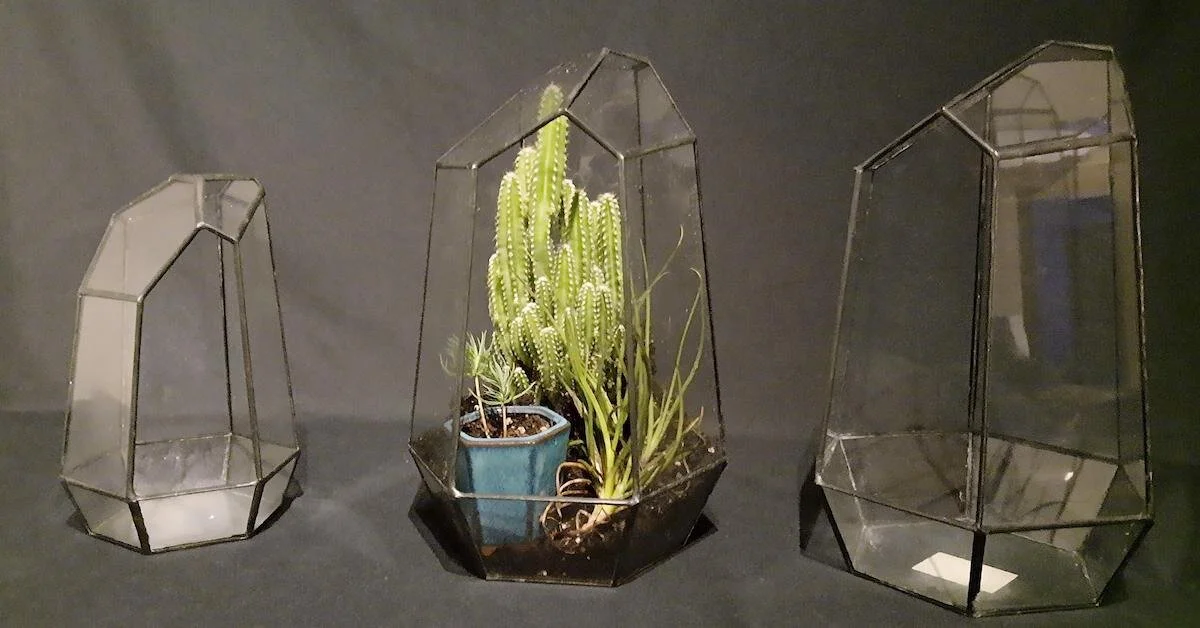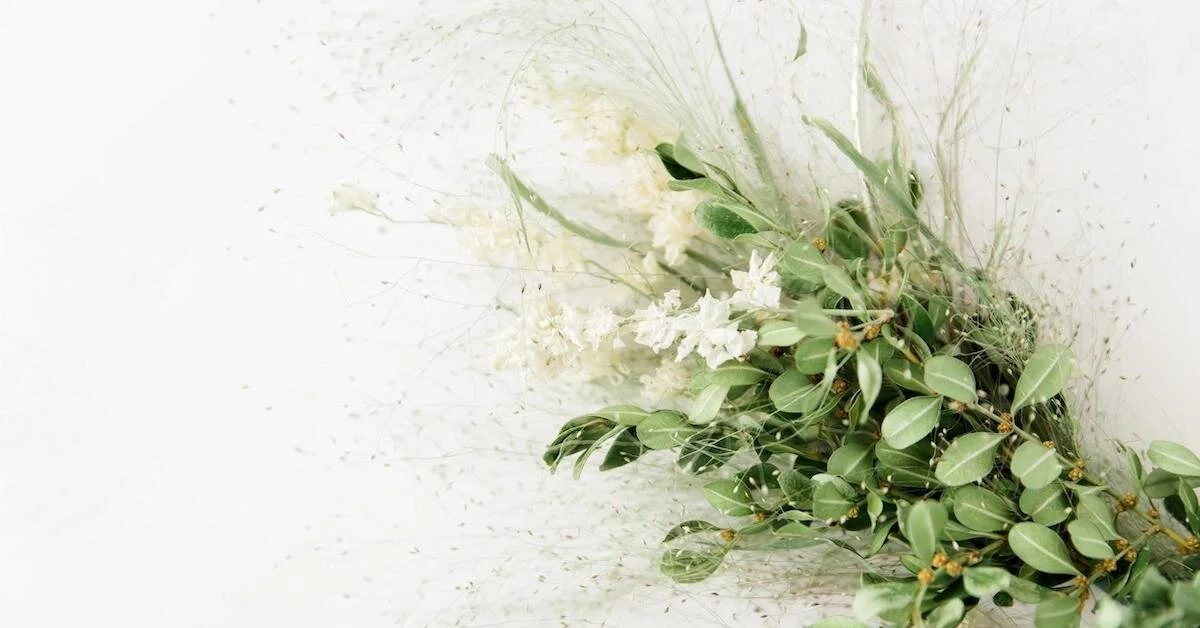How to Design Geodesic Terrariums
Have you just moved into a new place or realized that you've been living in your home for a couple of years and still haven't put any life into the place?
That's where I was at last year when I decided I needed some plants in the house.
If you're reading this post, it's likely because the word pairing geodesic terrariums caught your eye. And if you’re wondering how to design a geodesic terrarium, you're in luck! These designs look just as cool as they sound—and they’re fun to create.
To design your own geodesic terrarium, you’ll need these tools and supplies:
Gloves
Work area (that can handle dirt and water)
Container (we are using geodesic terrariums)
Plants (drought resistant)
Small clippers
Decorations such as small figurines/charms
Plant food (or a minimal amount of sugar)
For my project, I used regular cleaning gloves and the countertop in my kitchen near the sink. Patios, picnic tables, your deck, a front porch, the back porch, and a garage are all great places for this project.
Select a Container for your Geodesic Terrarium
I purchased my terrarium from Cascade Wholesale in Everett, Washington. However, you can find these everywhere online now, even Amazon, and they reflect and refract sunlight to cast a burst of rectangle shapes across any room.
The multi-use terrariums are available in a pyramid, crystalline, and pentagon shape. These useful enclosures display your green babies while helping them grow. Add felt to the base to prevent scratching when moving the terrarium and plants they house.
When placed by a window, the little mini greenhouse creates a beautiful prism display of light. Inside, the plants are protected while the soldered-together glass ensures that light will bounce on to the walls in the room.
In addition, open-door terrariums are a great option as they let in ample air to give the plants inside plenty of breathing room and circulation. Plants can also be easily watered using the open door.
The terrarium can be used for standard houseplants or for raising seedlings, as it provides an insulated environment for the plants inside to thrive. The rest is up to you.
Use Drought-Resistant Plants in Your Geodesic terrarium
Don't have a yard for your own plants? Never fear: florists have a solution. We can get standard plants, such as orchids, shipped to 95% of anywhere in the U.S.! These can act as great terrarium gifts ready to go from our network(s) of florists.
When selecting your plants, make sure they're drought resistant. It also helps if they are different sizes and shapes. You only need one tall one, one wide one, and one small one. Using the magic rule of 3 or designing with odd numbers results in an easy win.
I selected tillandsia air plants and a miniature cactus. As an extra backup, I've also set aside a two-year-old baby bonsai bristlecone pine. I started the bonsai from seed. Bonsais are an increasingly popular choice!
Fill the mini greenhouse with potted greens for a windowsill arrangement or as a living centerpiece for an event. You could also put the terrarium in the kitchen and create an edible garden of fresh herbs for cooking—this is one of my favorite options and is next on my terrarium to-do list.
If a yard or outside gardening plot is out of the question, that doesn't mean growing your own plant babies is impossible. You just need to think containers! Terrariums are a great way to grow plants indoors, and they're perfect for city dwellers with smaller spaces or apartments.
Adding Small Figurines or Charms to Your Terrarium
Adding small figurines or charms to your geodesic terrarium designs are a fun way to personalize them, create seasonal gifts, and more. You can even allow clients to pick out their own add-in elements to customize them.
I make my own resin charms, but charms—handmade or otherwise—are easily accessible in both online shops and in-person retail. Terrarium arrangements make great accents or living centerpieces at events, are easily giftable, and can be customized for any theme with a little added figurine, decor piece, or charm that coordinates with the event.
Don’t Forget to Feed Your Terrarium Plants
This round, to feed the live plants in my design, I opted for a teaspoon of sugar in 3 ounces of filtered water. I made sure the sugar was fully dissolved before adding it over the freshly arranged soil. It's easy to overfeed plants in small containers, so be careful not to put too much plant food in the water.
Most plants need to be fed during the growing season or the warmer spring and summer seasons. Whatever plants you do select, make sure that they have the same feeding cycles since they are grouped together.
Once you’ve completed your terrarium, you get to sit back and enjoy your work of art and the extra oxygen and air purification that the plants add to any environment. These geodesic terrariums make a great on-trend option to have in your retail shop, market pop-up booth, or as an option for live centerpieces that event guests can take home as gifts!
If you have any pictures you'd love to share with us of your own terrarium designs, we delight in seeing other people's projects come to life! Feel free to send them to us on Instagram or share on the Team Flower Community.









